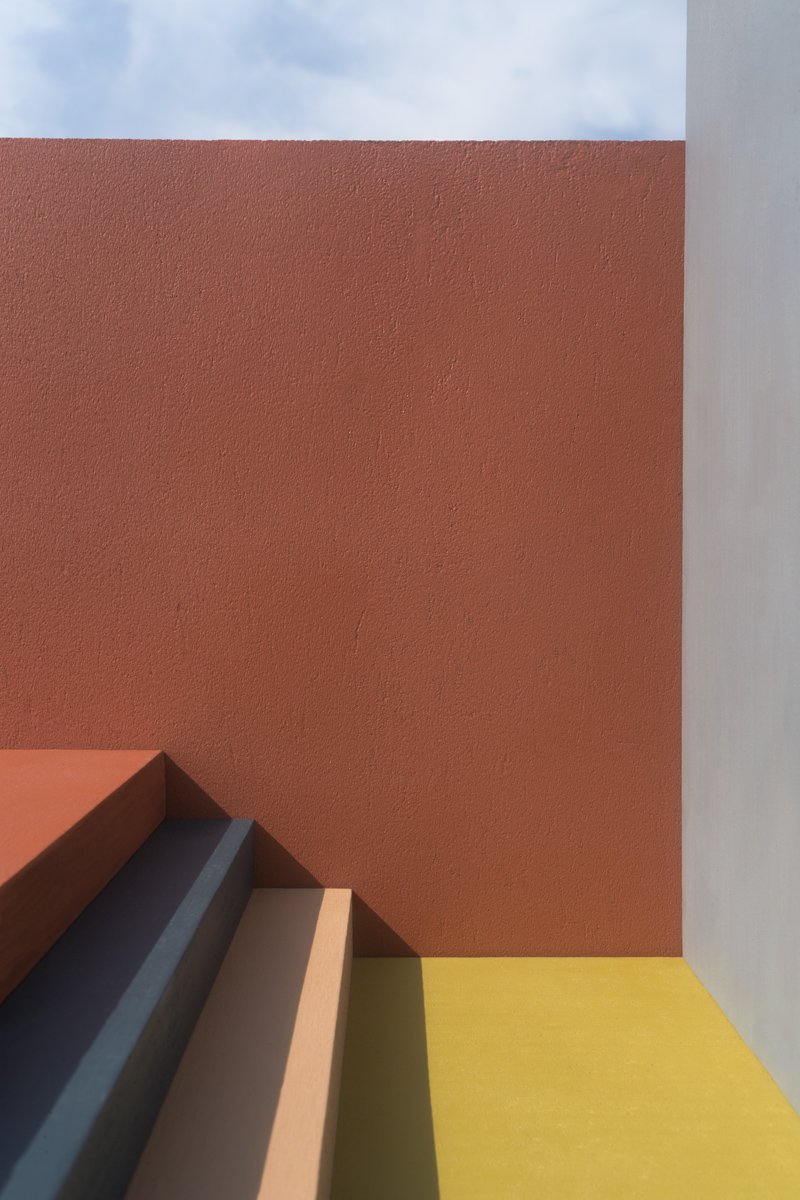José Guerrero
Biography

Biography
José Guerrero (Granada, 1914 - Barcelona, 1994) was a Spanish painter and printmaker, recognized for his work within the abstract expressionist movement. He studied at the School of Arts and Crafts in Granada and later at the Academy of San Fernando ...
Leer más
Economic information
Revaluation Blue Chip
Profile
Ranking Top 150
Auction sales 36 months
All
Filter
Brand
Price
€
-
€
Size
Product type
Year

CAN'T FIND WHAT YOU'RE LOOKING FOR?
We help you.
If you're interested in seeing other available works, we'll contact you without obligation.
Certified works
All works have a Certificate of Authenticity
We are experts
With more than 20 years of experience in collecting and the art market
Pay comfortably
Pay in 3 interest-free installments or in 12 months thanks to Sequra
Online advice
Personalized advice, without obligation, and receive proposals from our experts
JOIN OUR NEWSLETTER

Descubre el fascinante mundo del arte de la mano de expertos


